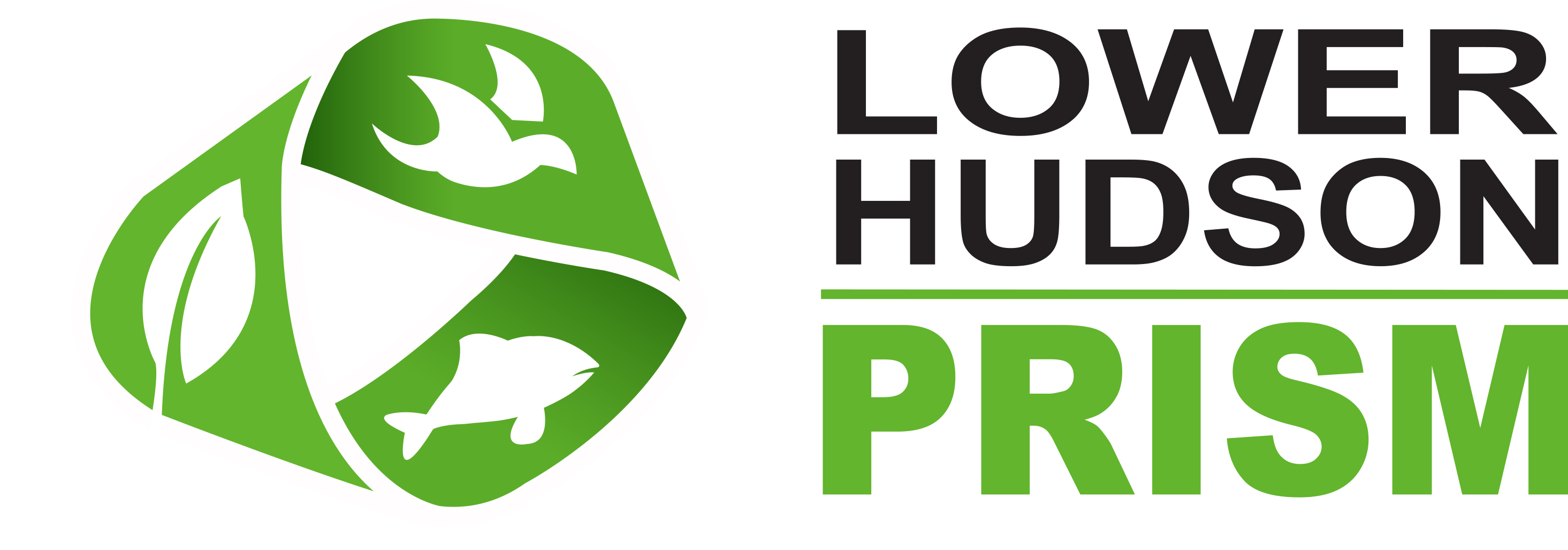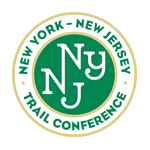
Hydrilla (Hydrilla verticillata) has been high on the priority list of emerging species in the Lower Hudson PRISM since it was first found in the Croton River in 2013 during a rare plant survey, and then later found in the New Croton Reservoir. Since the Croton River is a tributary of the Hudson River, the possibility of the invasive plant spreading further is high, and the impact on native plant and wildlife communities would be severe. Not only does Hydrilla outcompete native plants, destroying fish habitat and diminishing valuable food resources, but it also has the potential to host a strain of cyanobacteria that releases a neurotoxin that is deadly to the Lower Hudson region’s beloved Bald Eagle.
Avian Vacuolar Myelinopathy (AVM) is a neurological disease that has killed more than 170 bald eagles in North America (as well as thousands of american coots). Since 1994, AVM caused by the cyanobacteria Aetokthonos hydrillicola has occurred primarily in the southern U.S. in lakes where the dominant vegetation was Hydrilla. In studies of AVM and its association with Hydrilla, smaller herbivorous waterfowl may consume the plant harboring the toxin, and predatory raptors like Bald Eagles consume the waterfowl allowing the toxin to accumulate. AVM affects balance and causes limb paralysis, hindering the eagles’ ability to fly and feed. With dozens of eagle nesting sites along both the Croton River and the Hudson, the threat of AVM from Hydrilla infestation is of great concern to the region
Across New York State, the Department of Environmental Conservation is on high alert for this emerging species of aquatic plant. The current infestations can be seen on the map below, and include Cayuga Lake, Tonawanda Creek and the Erie Canal, the Croton River, and several Long Island ponds. There are only 3 infestations known in the Lower Hudson PRISM: Creamery Pond in Orange County, and the Croton River and New Croton Reservoir in Westchester County. Creamery Pond is a small, private pond that has been treated both chemically and with grass carp (another invasive species) as biocontrol after its discovery in 2008. The Croton infestations are being treated chemically, with the DEC treating the river (2017) and NYC DEP treating the reservoir (pilot 2018). In addition to treatment, the Lower Hudson PRISM places watercraft inspection stewards at the Croton boat launches throughout the season to inspect boats for Hydrilla and educate boaters about preventing the spread into other waterways using the Clean, Drain, and Dry proper protocols to help prevent spread. Through treatment and education, we are hopeful that we can stop Hydrilla from reaching the Hudson River, protecting both New York’s waters and our most treasured feathered friend.
Distribution of Hydrilla in New York State

Lethal Effects of Hydrilla on Eagles

Hydrilla verticillata (above) can harbor a deadly cyanobacterial neurotoxin that can harm wildlife. This eagle (below) is one that was found to have a high concentration of this toxin in its system.

Photo credit: Coastal Review Online and AlgaeWorldNews
Literature Cited
Dodd, Shelley R., et al. “Alternate Food-Chain Transfer of the Toxin Linked to Avian Vaculoar Myelinopathy and Implications for the Endangered Florida Snail Kite (Rostrhamus Sociabilis).” Journal of Wildlife Diseases, vol. 52, no. 2, 2016, pp. 335-344.
Wilde, Susan B., et al. “Avian Vacuolar Myelinopathy Linked to Exotic Aquatic Plants and a Novel Cyanobacterial Species.” Environmental Toxicology, vol. 20, no. 3, 2005, pp. 348–353.

